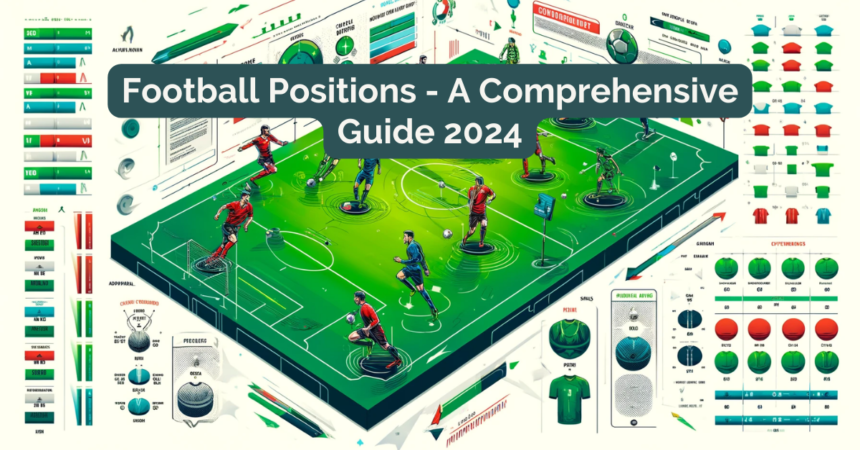Understanding the diverse roles and football positions in America is essential for fans, players, and anyone interested in the strategic intricacies of the game.
This article delves deep into the football positions on the field, explaining the responsibilities, skills, and tactical significance of each role in both offensive and defensive play.
From the dynamic duties of a quarterback to the critical tasks of defensive linemen, this guide offers a clear view of what each football position entails and why each is crucial for the success of the team.
Introduction to Football Positions
American football positions are categorized into three main groups: offense, defense, and special teams.
Each group has specific roles that contribute to the team’s overall strategy and execution during the game.
Understanding these football positions helps in appreciating the complexity and excitement of football.
Offensive Positions Explained
The offense in football is the team with the ball, aiming to score points by advancing into the opponent’s end zone.
This section covers the quarterback, offensive linemen, wide receivers, running backs, and tight ends, each vital for orchestrating and executing play strategies.
Role of the Quarterback
Often considered the leader on the field, the quarterback calls the plays, throws the ball to the receivers, and hands it off to the running backs.
Their ability to read the defense and make quick decisions is crucial for directing the team’s offensive efforts.
Understanding the Offensive Line
The offensive line consists of the center, guards, and tackles. These players protect the quarterback and create paths for running plays.
They are pivotal in controlling the line of scrimmage and ensuring the offense can execute plays effectively.
Wide Receivers and Tight Ends
Wide receivers are responsible for catching passes from the quarterback, while tight ends play a dual role, both blocking and receiving.
Their speed, hands, and route-running abilities are critical for stretching the defense and creating opportunities for big plays.
Significance of Running Backs
Running backs carry the ball on running plays but also protect the quarterback on passing plays and can act as receivers.
Their versatility and ability to maneuver through tight spaces make them indispensable to the offensive game.
Defensive Line Duties
The defensive line, including the defensive ends and tackles, focuses on stopping the opposing team’s offense.
Their primary job is to breach the offensive line, tackle the quarterback, and block running plays.
Read Also: What is Powerplay in Cricket: A Comprehensive Guide
Linebackers
Linebackers play behind the defensive line and are crucial for defense against both the run and pass.
They need to be versatile, capable of rushing the quarterback, defending passes, and making open-field tackles.
Secondary Positions
The secondary consists of cornerbacks and safeties, who defend against the pass from the quarterback to the wide receivers and help in stopping the run.
Their ability to anticipate and react to plays makes them the last line of defense.
Special Teams
Special teams are critical in American football, responsible for plays involving kicking the ball, including kickoffs, field goals, punts, and extra points.
This unit can change the game with scoring opportunities or by setting the field position battle.
Tactical Use of Positions in Game Strategies
Understanding each football position’s role provides insights into the team’s strategies and adjustments during the game.
Coaches and players use this knowledge to exploit weaknesses in the opposition and to strengthen their team’s performance.
Key Takeaways
- Diverse Roles: Each position in football has unique responsibilities essential for the team’s success.
- Strategic Importance: Knowing the roles helps fans and players appreciate the game’s strategic complexity.
- Crucial Skills: Skills specific to each football position include speed, agility, strategic thinking, and physical strength.
- Game Impact: Effective playing by all football positions is crucial for winning games.
Conclusion
Grasping the detailed roles and strategic importance of each position in American football enhances the viewing experience and deepens understanding of the game’s tactical depth.




